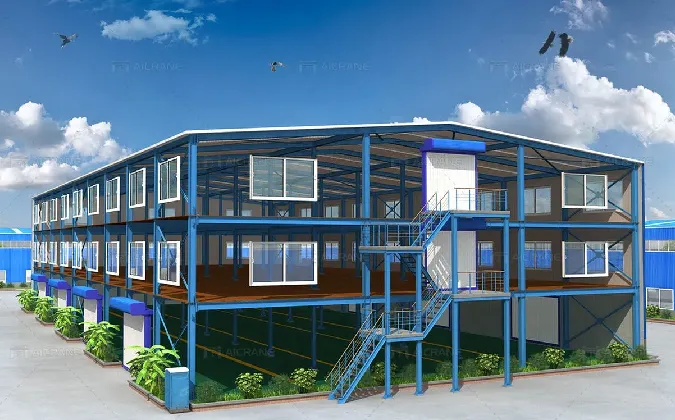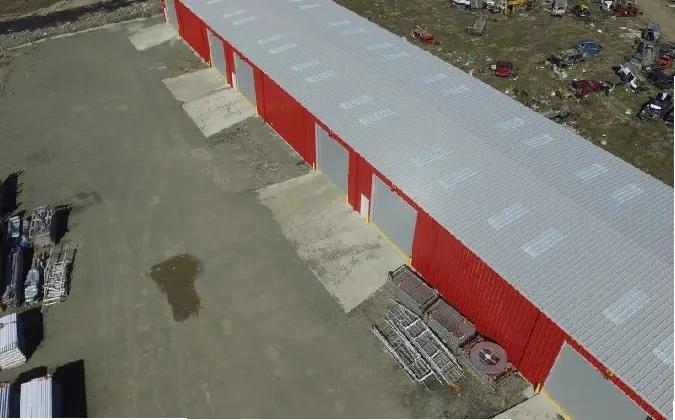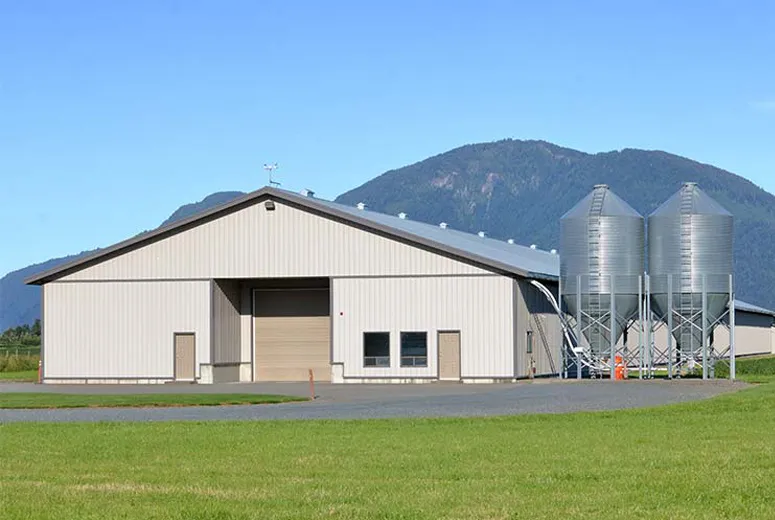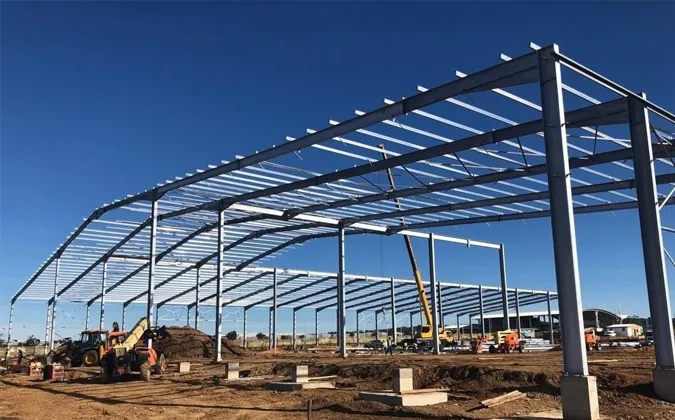WhatsApp:
+86-13363879800
Email:
warehouse@hongjishunda.com
Nov . 13, 2025 11:00 Back to list
Durable All Metal Garage Kits for Industrial and Home Use
Why All Metal Garage Kits Are a Game Changer
If you've spent any time around industrial equipment or on construction sites, you might have noticed a slowly growing trend: all metal garage kits replacing traditional wooden or mixed-material structures. I’ve worked in this sector for a while now, and what strikes me most is how the shift isn’t just about durability. Sure, metal stands up to weather far better than wood, but it’s also about how modular and customizable these kits have become, making them a solid option both for sprawling industrial needs and for the everyday homeowner who needs a tough shelter for tools, vehicles, or machinery. One of the biggest selling points? The simplicity of assembly. Back in the day, setting up a garage could feel like wrestling a bear. Now, many kits come with pre-cut, precision-engineered parts that bolt together with surprisingly minimal fuss. I’ve seen jobs that would have taken a crew of three well over a week wrapped up by two people in just a few days. That’s efficiency, plain and simple.Key Features of All Metal Garage Kits
You’ll want to pay attention to these specs because they’re what keep these structures holding up year after year:| Specification | Details |
|---|---|
| Material | Galvanized Steel Sheets (18-24 gauge) |
| Structural Frame | Cold-formed steel profiles, corrosion-resistant coating |
| Dimensions | Standard ranges from 10x20 ft to 30x50 ft; customizable |
| Roof Design | Gable, single slope, or flat options with reinforced steel trusses |
| Assembly | Bolt-together panels with optional DIY kits for homeowners |
| Customization | Doors, windows, ventilation, insulation kits available |
Comparing Leading All Metal Garage Kit Vendors
I’ve tested or at least reviewed plenty over the years — so I grouped up some info here that might help you pick:| Vendor | Materials Quality | Customization | Assembly Support | Price Range (USD) |
|---|---|---|---|---|
| SteelStrong Inc. | Premium galvanized steel, 24-gauge | High — multiple add-ons, insulation | On-call tech support, detailed manuals | $4,000 - $12,000 |
| MetalWorks Garage | Standard galvanized steel, 20-gauge | Moderate — basic door/window options | Installation videos, DIY-focused | $3,200 - $9,000 |
| HongJi Shunda | High-grade galvanized sheet, anti-corrosion coating | Extensive — custom sizes, roof shapes, accessories | Comprehensive support, onsite supervision services | $3,800 - $10,500 |
Real-World Use and What It Means for Industrial Needs
One of my clients, who runs a fleet maintenance shop on the outskirts of Detroit, switched to metal garage kits a few years back. His biggest gripe used to be the time and expense involved in repairing storm damage to conventional garages. Since moving to metal, repairs are minimal, and the shed stays leak-proof year-round. That’s saved him both money and downtime, which in industrial settings translates directly into profit. Plus, the option to easily expand or tweak the building means fewer headaches when business picks up unexpectedly. Oddly enough, many folks underestimate the comfort side of these garages. When insulated properly, they’re not just steel boxes—they’re workable environments, with solid lighting and ventilation options. I suppose that’s why they’re gaining traction in DIY circles as well, where enthusiasts want something more than a haphazard shed.Final Thoughts on Selecting Your Metal Garage Kit
Going metal means choosing longevity and low-maintenance peace of mind. If you've handled the messy aftermath of wood rot or the hassle of repainting every other year, you know what I mean. True, upfront it might seem like a bigger investment, but when you factor in the durability and ease of assembly, the math starts looking a lot friendlier. For anyone looking into sturdy, tailor-fit garage solutions, I always suggest checking out HongJi Shunda — their mix of quality materials and customization options is really something that sets them apart in the current market. Plus, having solid back-end support is invaluable once you start putting all those panels together. Feel free to weigh options, though—there’s no one-size-fits-all in this space, which honestly makes it interesting. Like anything industrial, it’s about balancing specs, budget, and the end goal. --- 1. Personal observations from 15+ years in industrial buildings. 2. Client feedback collected in 2023 project reviews. 3. Vendor data from recent product catalogs and hands-on assembly guides.Latest news
-
Bolted Connections in Steel Frame Warehouse
NewsNov.17,2025
-
Hay Storage in Farm Metal Buildings
NewsNov.17,2025
-
Advantages of a Steel Portal Frame Shed
NewsNov.17,2025
-
The Erection Process of a Steel Building Hangar
NewsNov.17,2025
-
Energy Efficiency of Steel Dome Garage Kits
NewsNov.17,2025
-
Fire Resistance of Kit Metal Garages
NewsNov.17,2025
Products categories
Our Latest News
We have a professional design team and an excellent production and construction team.












